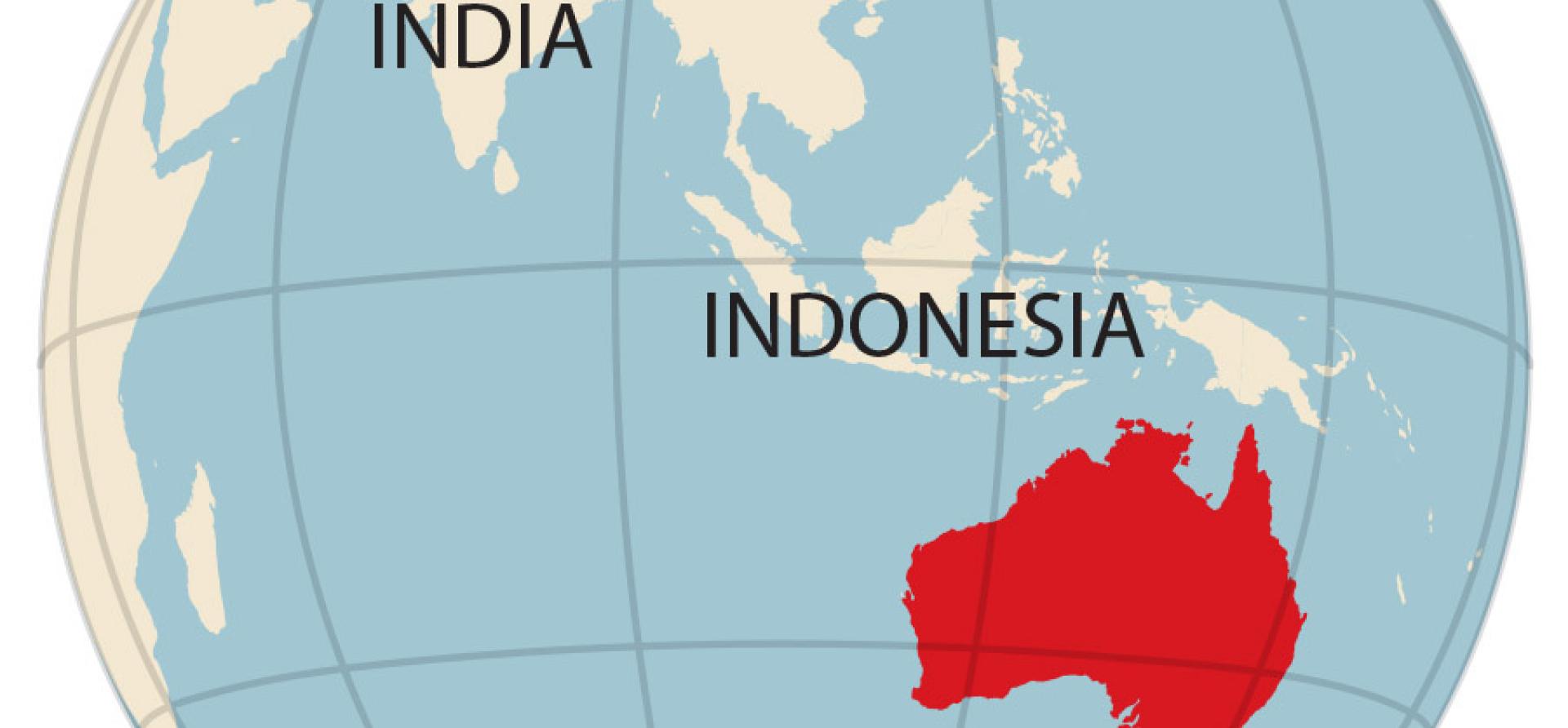IEEFA: China’s ban is less of a threat to Australia’s coal industry than international climate ambition

The decision by China’s National Development and Reform Commission to formally and indefinitely block Australian coal imports is a key threat to Australia’s political and economic wellbeing. Australia can never expect to win a trade war with its biggest export partner, and it is sheer political and economic suicide to try to do so. But is it devastating for the Australian coal export industry? Not at all.
Increased climate ambition by world leaders is likely to be terminal for our coal exports if we look out a couple of decades
Far more strategically threatening in the long term for Australia and our coal industry is the pledge by China’s president Xi Jinping to reach net zero emissions by 2060, which was rapidly followed by net zero emissions by 2050 pledges from Japan’s prime minister Yoshihide Suga and South Korea’s president Moon Jae-in. This series of sudden and powerful pledges of increased climate ambition by world leaders is likely to be terminal for our coal exports if we look out a couple of decades.
Australia is caught in the geopolitical quandary of having China as our key trade partner and the United States as our key military ally. When US president Donald Trump started a trade war with China, it was never going to turn out well for Australia. And incoming president Joe Biden is unlikely to change tack too materially where China and trade and technology are concerned (whereas on climate, Biden’s arrival changes everything). But we in Australia are like a mouse caught in the middle of two sparring elephants.
In business, the best rule is that the customer is always right (even if they are not). Our coal exporters will however survive this near-term political fight, probably far better than our wine or lobster export industries, by comparison.
Our coal exporters will survive this near-term political fight
There are no coal ships destined for China being loaded in Australia now. For most industries, that would be devastating. For coal, not so much. In fact, a look at the share prices of Whitehaven Coal and New Hope Corporation would suggest quite the opposite. Since the September 2020 trough, and acknowledging the sharp price falls on Tuesday, Whitehaven shares have rallied 70% and New Hope are up almost 20%.
Why? Coal is coal, at least to a finance analyst like me, if not an engineer. Australia sells the vast majority of its coal to Japan, South Korea and Taiwan. And if China buys more Russian, South African and Indonesian coal to replace Australian coal, then we can, by and large, simply swap customers, maybe with a month’s disruption. Total demand doesn’t change, nor does supply – at least not in the near term. Sure, there are some boiler and blending constraints, but notwithstanding coal luddite claims that Australia’s coal is slightly less carbon polluting than someone else’s seaborne coal, the minute difference is irrelevant – all coal is almost 100% more carbon intensive than wind, solar, hydro, nuclear or energy efficiency. Or green ammonia, as Japan’s JERA is now thinking.
The coal industry is actually benefiting from a near-term relief rally. In September Australian coal exporters were losing money with every tonne of coal they exported. In December, the picture is very different. China’s key Shanxi province has just shut down coal production near term due to a spate of deadly accidents, just as winter heating demand has kicked in. Meanwhile the Chinese industrial economy is powering along. So the Chinese domestic thermal coal price has jumped 35% to 740/t yuan in the last three months. Seaborne thermal coal prices have rallied from a low of US$46/t to over US$70/t in the same timeframe. Even as total volume of Australian coal exports have dropped in the December quarter, the value has surged, and more importantly, the profitability much more so (notwithstanding the 10% rally in the Aus$/US$, lifted by the unprecedented rally in iron ore prices). Hence the Whitehaven Coal and New Hope increase in share price.
The 25% collapse in the Dalrymple Bay Coal Terminal share price is a clearer perspective of longterm structural headwinds
The coal export sector outlook seems profitable again – in the near term. But the 25% collapse in the Dalrymple Bay Coal Terminal share price since its initial public offering last week is a clearer perspective of the longterm structural headwinds Australia’s coal industry is facing. Far better for our Hunter Valley, La Trobe Valley and Bowen Basin communities that we as a nation acknowledge the science of climate change, prepare a national roadmap, ideally with a destination and time of arrival clearly acknowledged.
The investment, employment and export opportunities for Australia are enormous, and exciting. To steal a very good line from Ross Garnaut and Mike Cannon-Brookes – better we focus on building Australia as a renewable energy superpower.
This commentary first appeared in The Guardian.















